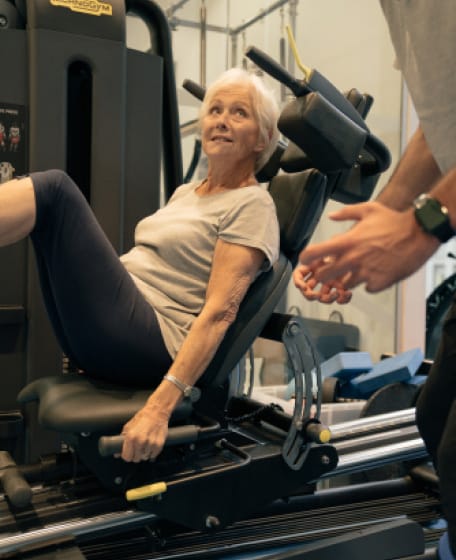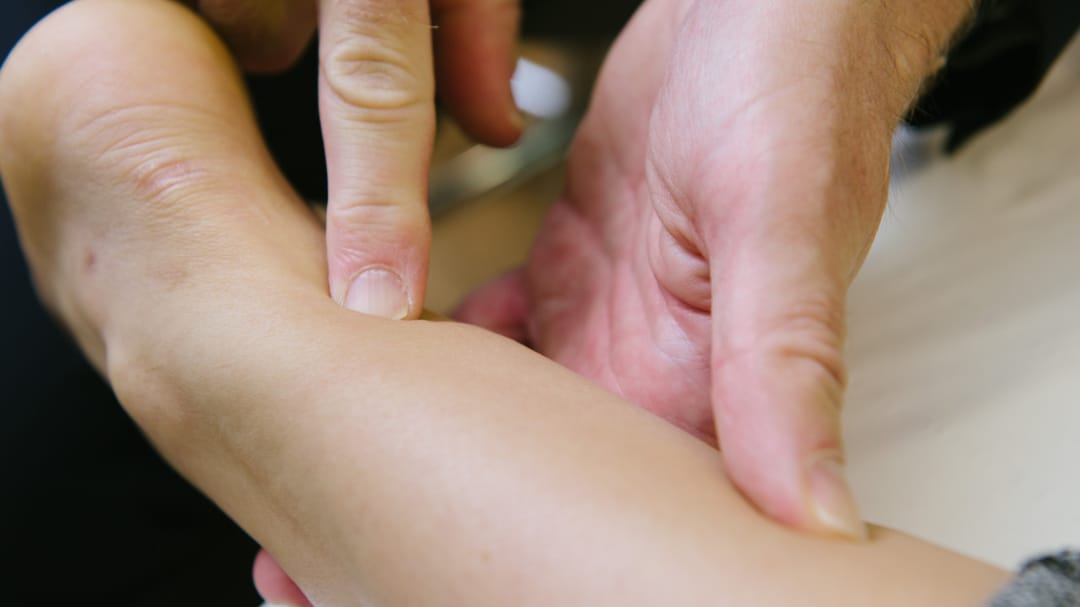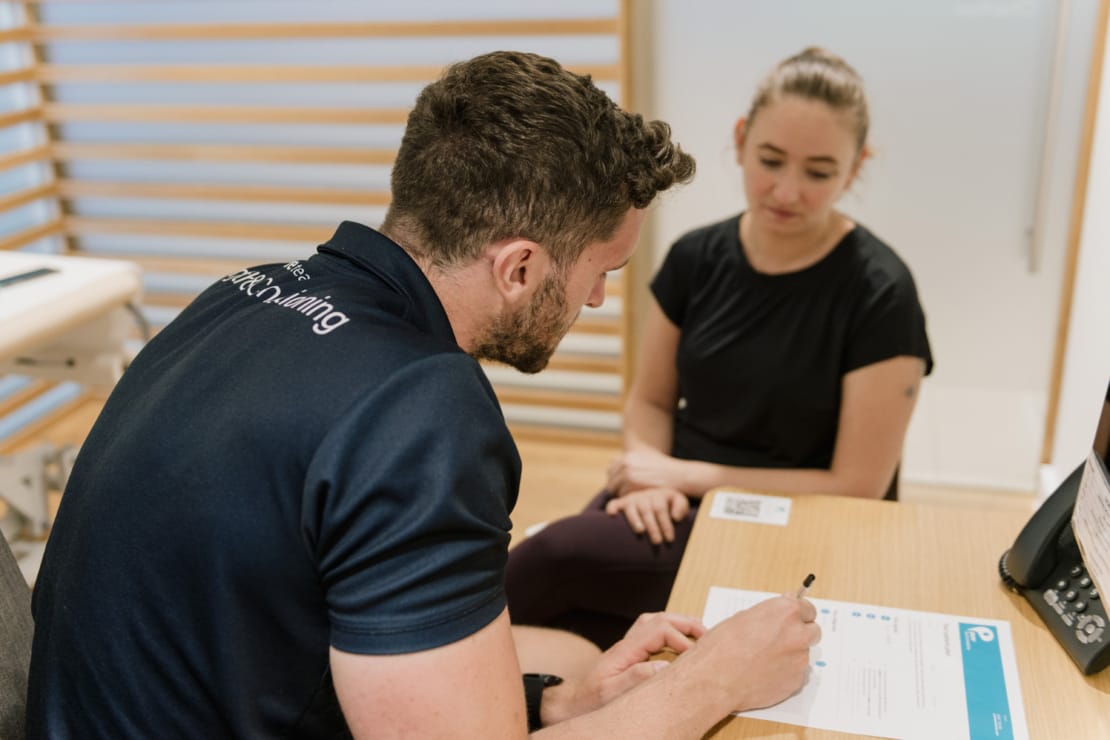Research: Musculoskeletal Injuries

Pure Sports Medicine
- 21 March, 2018
- Exercise & Musculoskeletal Medicine
- Sport
- 2 min read
Thing J et al. “Heely” related injuries in children. Emergency Medical Journal (BMJ Group), 2008 Sep; 25(9):572-4.
ABSTRACT Background: ‘‘Heelys’’, or shoes with an integral wheel embedded into the heel, are becoming increasingly popular among children in the UK. Despite the manufacturer’s claims about their safety, increasing numbers of patients are attending the emergency department with ‘‘Heely’’-related injuries. Aim: To assess the number and type of ‘‘Heely’’-related injuries seen in the emergency department in a busy district general hospital and to assess the number of school days lost as a result of these injuries as a secondary measure of the impact on education and lifestyle. Method: Medical staff working in the emergency department completed proformas for all children attending the department with ‘‘Heely’’-related injuries between 26 December and 26 April 2007. Data collected included age, sex, mechanism of injury, diagnosis and number of days off school as a result of the injury. Results: 35 patients with ‘‘Heely’’-related injuries of mean age 9.6 years (range 6–15) were identified during the study period. The most common mechanism of injury was a fall onto an outstretched hand (20/35, 57%). Other mechanisms of injury identified were lateral upper limb injury (7/35), traumatic lower limb injury (2/35), rotational lower limb injury (2/35), head injury (2/35) and back injury (2/35). The most common diagnosis was fracture of the distal radius (10/35), two of which had an associated distal ulna fracture. Two tibial fractures and one nasal fracture were also seen. The average number of days off school was 4.5 days (range 0–20). None of the children included in this study were using safety equipment at the time of the injury. Conclusions: The number of ‘‘Heely’’-related injuries seen in one department over a 4-month period suggests a much higher incidence of injuries than the 46/100 000 found by the manufacturers based on Consumer Product Safety Commission data in the USA. The discrepancy is almost certainly due to the reluctance of UK children to use safety equipment and to follow the manufacturer’s safety advice. Larger scale studies are needed to confirm the incidence of ‘‘Heely’’-related injuries in emergency departments across the UK. If the high incidence of injuries among users is confirmed, primary and secondary prevention methods could be considered to reduce injuries.

Advice
Over the last 20+ years our experts have helped more than 100,000 patients, but we don’t stop there. We also like to share our knowledge and insight to help people lead healthier lives, and here you will find our extensive library of advice on a variety of topics to help you do the same.
OUR ADVICE HUBS See all Advice Hubs

